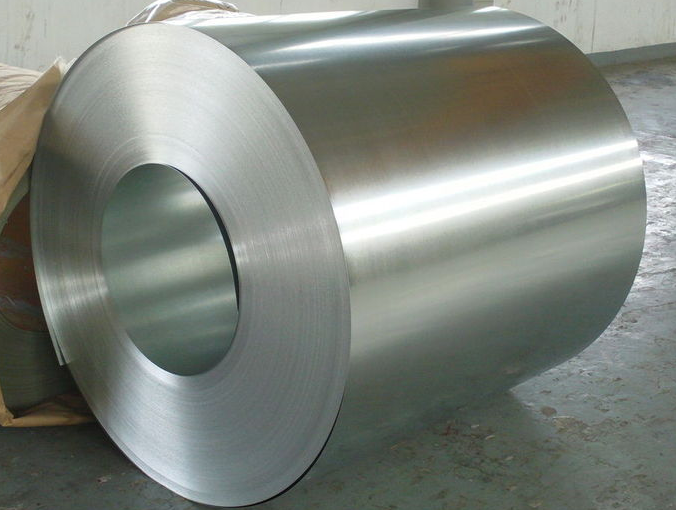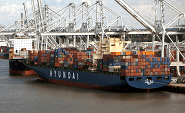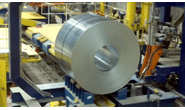Trade Cases

Commerce sets initial CVDs of 0-140% in coated steel trade case
Written by Laura Miller
February 4, 2025
The Commerce Department on Tuesday issued preliminary subsidy rates in the corrosion-resistant steel (CORE) trade case.
The agency set minimal countervailing duty (CVD) rates for Brazil and Mexico, mostly high rates for Vietnam, and low rates for Canada, except for one privately held distributor.
Commerce assigned that company, Nova Steel, and a handful of Vietnamese companies higher initial subsidy rates “based on facts available with adverse inferences,” it said in a fact sheet on Tuesday. Basically, these smaller companies were penalized with higher rates for failing to respond to Commerce’s initial questionnaires, veteran international trade attorney Lewis Leibowitz told SMU.
US Customs and Borders Protection (CBP) will immediately begin collecting CVDs on coated steel imports at the rates shown in the table below.
| Exporter/producer | Preliminary subsidy rates |
|---|---|
| * indicates rate based on facts available with adverse inferences. | |
| Brazil | |
| CSN Usiminas/Ternium Brasil All others | 1.72% 0.33% de minimis 1.72% |
| Canada | |
| ArcelorMittal group, including Dofasco Stelco Nova Steel All others | 1.21% 1.40% 41.40%* 1.22% |
| Mexico | |
| Ternium Mexico Galvasid All others | 1.56% 0% 1.56% |
| Vietnam | |
| Hao San Group Ton Dong A Corporation 190 Steel Pipe Co. Vietnam Germany Steel JSC Vietnam Steel Pipe Co. Vina One Steel Manufacturing Corporation VNSteel All others | 0.13% de minimis 0% 140.05%* 140.05%* 140.05%* 140.05%* 140.05%* 140.05%* 46.73% |
Note that de minimis rates are so low that cash deposits aren’t typically required at those rates.
Updated case timeline
Commerce also announced it would appease petitioners’ request to align the final phases of the subsidy and less-than-fair-value/anti-dumping (AD) investigations.
Thus an updated case timeline is shown below. Note that CBP will only collect CVDs over the next two months, with the collection of AD duties starting in early April.
| Upcoming CORE trade case events | Current due date |
|---|---|
| DOC preliminary AD margin | April 3 |
| DOC final AD & CVD margin determination | June 17 |
| ITC final AD & CVD final determination | August 1 |
CORE import statistics
Commerce also released statistics on CORE imports from the above countries in recent years, which may be of interest to our readers. These figures include galvanized and Galvalume sheet and all coated products covered in these investigations.
| Country | 2021 | 2022 | 2023 |
|---|---|---|---|
| Source: US Department of Commerce | |||
| Brazil | |||
| Volume – short tons Value per short ton | 200,959 $1,301 | 200,991 $1,309 | 209,729 $926 |
| Canada | |||
| Volume – short tons Value per short ton | 1,075,834 $1,204 | 998,198 $1,397 | 1,025,527 $1,220 |
| Mexico | |||
| Volume – short tons Value per short ton | 577,556 $1,699 | 558,791 $1,660 | 525,366 $1,355 |
| Vietnam | |||
| Volume – short tons Value per short ton | 605,045 $1,034 | 638,655 $1,177 | 266,840 $905 |

Laura Miller
Read more from Laura MillerLatest in Trade Cases

Trump still against selling USS to Japanese firm: Report
Despite ordering a new review of Nippon Steel’s bid for U.S. Steel, President Trump said he is still against selling USS to a Japanese company, according to media reports.

CRU: ‘Liberation Day’ brings sweeping US tariffs
For trading partners, the tariffs will reduce demand for exports and depress growth. Over the coming days, trade partners will almost certainly announce retaliation, which will hit US exports.

Leibowitz: The blowback from Trump’s ‘Liberation Day’ tariffs has only just begun
Tariffs are taxes that the government collects. Funds are disbursed by acts of Congress. If domestic companies, including manufacturers, are to benefit from “protective” tariffs, they must raise their prices as well. Maybe not by the entire amount of the tariffs, but by some. Inflation will come.

Supply chains, end-users brace for impact from tariffs
Supply chains are working through what the tariffs mean for them

Commerce releases prelim anti-dumping duties in sweeping trade case targeting CORE imports
The US Commerce Department on Friday released preliminary anti-dumping margins in a trade case targeted imports of coated flat-rolled steel from 10 countries. Certain countries and mills were hammered while others were largely spared. Brazilian steelmaker CSN, for example, received a preliminary rate of 137.76%. Some Turkish mills – including Boreclik and ArcelorMittal Celik Ticaret – received no dumping margin at all.
